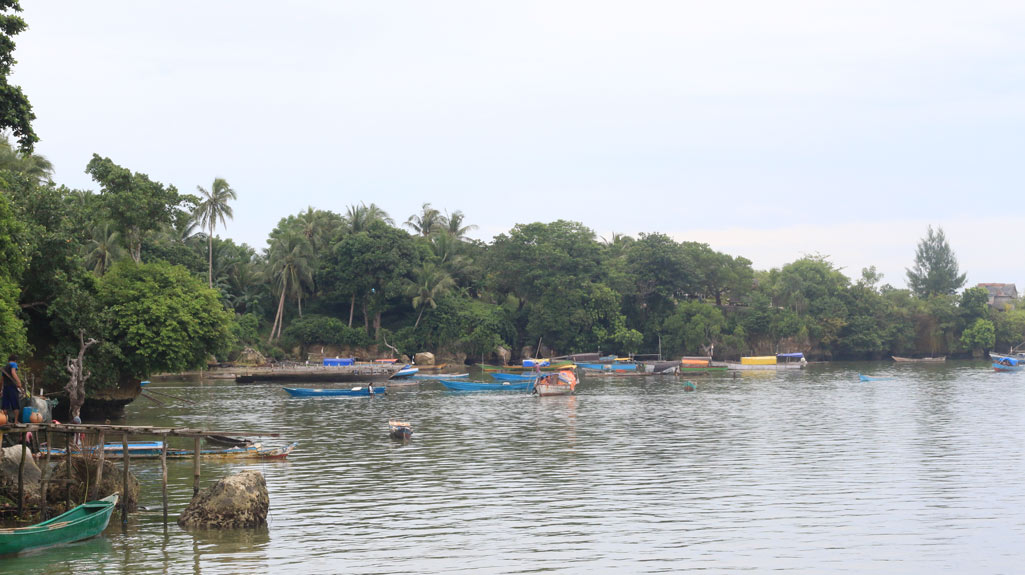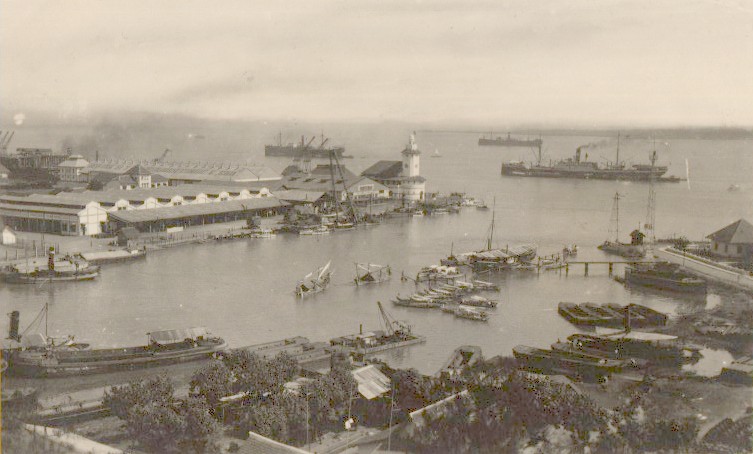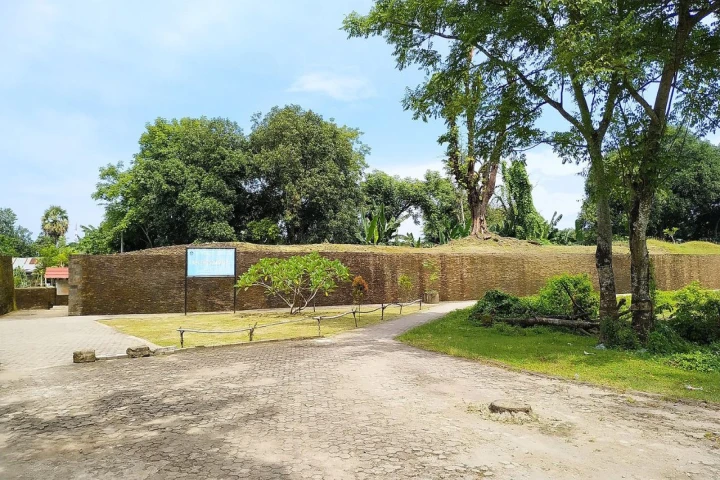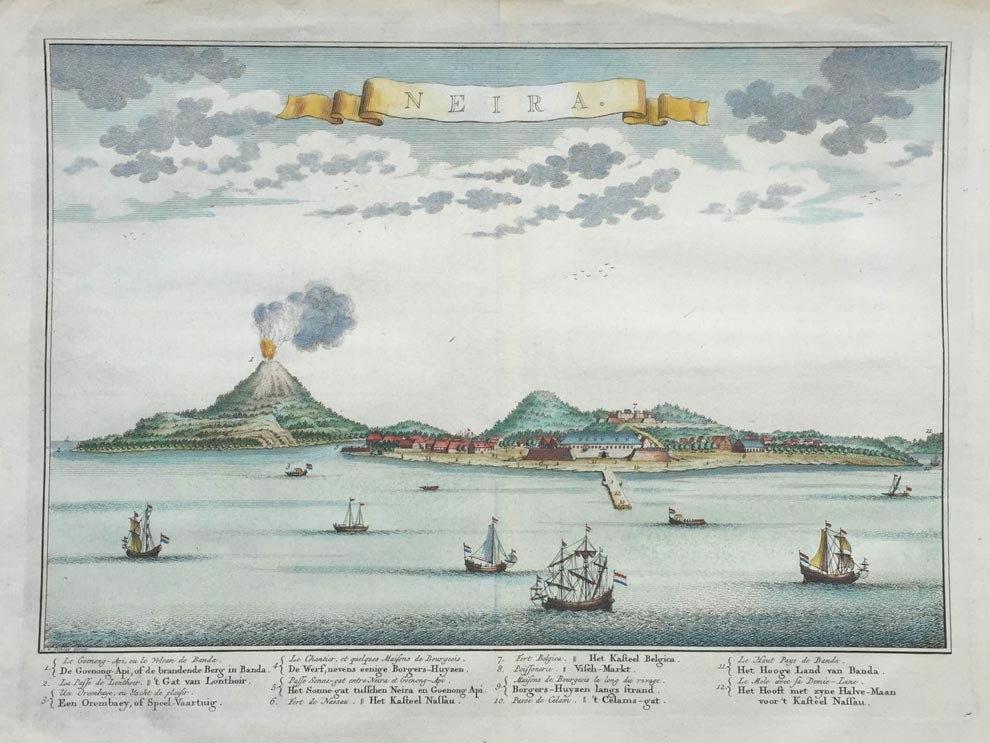
Aru dan Kei Islands are parts of Maluku. Both islands have long gained their reputation due to their involvement in spice distribution and contribution in forming the trade route that we call the Spice Routes. The trade route of Aru and Kei created a traditional trade route to Banda Islands.
The merchants from Aru and Kei Islands in the east of the Banda Islands chose to sail through the south coast of the Banda Sea. Sago became an essential foodstuff product they carried from the islands. They would exchange the sago they carried with coarse woven fabric and textiles the Bandanese got from the Javanese and Malay through the spice trade.
The sago carried from Kei and Aru was essential for Banda Islands. Further, in the 15th century, the sago was used as a primary means of payment. Besides sago, the Aru and Kei merchants also carried gold and other luxurious goods to Banda, such as dried parrots and cendrawasih, known as birds-of-paradise. Both products became the medium of exchange to obtain textiles from Banda that the people got from a spice trade with Chinese merchants. From this point, we see that the spice trade within this route gave rise to impressive cross-cultural products.
The trade did not stop the journey of dried parrots and cendrawasih. They kept traveling, even until they fell into the hands of Turkish and Persians. Then, they transformed these luxurious goods into headdresses. Further, Kei merchants also traded boats to Banda merchants. Kei’s boats were in demand, for the Bandanese needed the boats to conduct short distance shipping, which was the shipping route from Kei Islands to Banda Islands to trade staple goods. In addition, they exchanged boats with textiles or spices. Thus, traditional trade formed a strong boundary among these three islands.
The strong connection lasted until early colonialism when the Dutch, led by Jan Pieterszoen Coen, conquered Banda. As a result, thousands of Banda residents fled to Kei Islands and left Banda in droves in 1621. These residents then all settled in Kei Besar (Nuhu Yuut).
It formed the Bandanese colony in two villages of Kei Islands; Banda Eli (Wanda Eli) in the west and Banda Elat (Wanda Elat) in the northeast of Kei Besar Island. The two places become the evidence and mark the historical traces of how influential the spice routes were to the population distribution in Nusantara, and we can feel the impacts today.
Source:
Razif & M. Fauzi. Jalur Rempah dan Dinamika Masyarakat Adat Abad X-XVI: Kepulauan Banda, Jambi dan Pantai Utara Jawa. Jakarta: Direktorat Sejarah, 2017.
Text & Editor: Doni Ahmadi
Translator: Dhiani Probhosiwi










